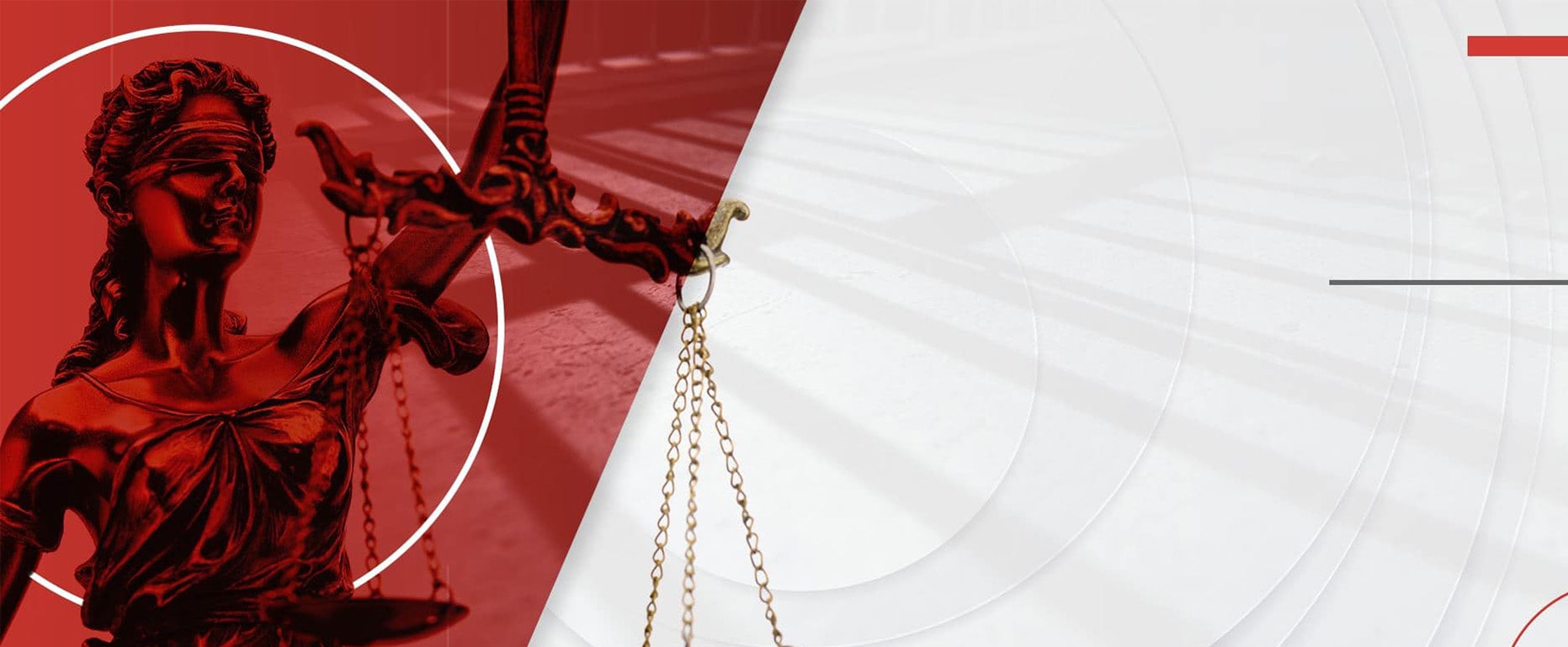Our 24-Hour Service
Life events might strike you suddenly, especially if you or a beloved one is arrested during odd night hours. Although Nevada's 24-hour open service is advantageous to any person seeking the Las Vegas bail bonds service, it can also explain the many arrests that occur during the wee hours of the night.
After being detained by the police, you should call a bail bondsman immediately to acquire the assistance required to discharge you from police custody. It could be frustrating to lack a Las Vegas bail bonds service provider to contact after business hours, owing to the urgency of such a case.
When a client experiences such inconsistencies in services, they could easily be discouraged and pushed to raise funds to get their beloved ones out of jail. As a result, making payments in cash can lead to complications later on, owing to the risks involved in such transactions. For instance, the officer receiving the bail amount may misplace some dollar notes and argue that you did not post the full bail amount.
Our bail bondsmen know how unpredictable life can be. We have established a 24-hour Las Vegas bail bonds service for any individual who needs assistance making plans to post their bail, particularly late at night. Bail bondsmen work in shifts to guarantee they're available to respond to your phone calls and help you as soon as possible, no matter when you call.
Additionally, our experience in the bail bonds industry has given us many opportunities to interact with Nevada's law enforcement agencies. This implies that the officers who arrested you would be easily accessible to respond to our requests to assist you in posting a bond. Given this advantage, you don't have to stress about confronting more challenges from law enforcement officers. This is because we’ll reach a mutual arrangement regarding your discharge from custody by posting bail.






